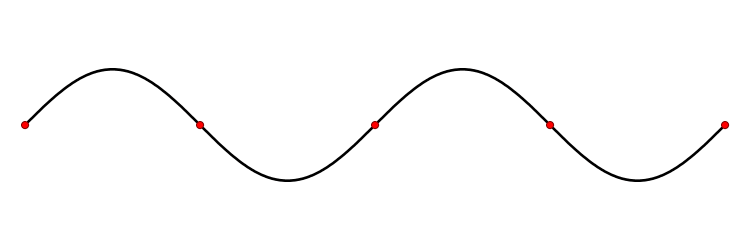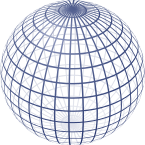 |
Light: Wave or Particle? |
 |
In 1803, Thomas Young discovered that when light was passed between two very narrow slits, the light which emerged on the other side of the slits formed a series of light and dark bands (an interference pattern, as shown in the image on the right). This interference pattern could be explained by assuming that light consisted of waves that interfered with each other. This theory supporting the wave nature of light was further helped by James Clerk Maxwell around 1861 when he combined his four famous equations describing electricity and magnetism.
Toward the end of the 19th century, however, some problems emerged. Firstly, a wave theory of light could not correctly explain black-body radiation. Nor could it correctly explain phenomena, discovered in 1887 by Heinrich Hertz, in which light striking a metal surface was able to eject electrons, which we call the photoelectric effect. Specifically, the number and energy of these ejected electrons did not seem to fit with the wave theory of light.
It was Albert Einstein, in 1905, who successfully explained the photoelectric effect, not in terms of waves, but in terms of particles. He took an idea first proposed by Max Planck that light came in discrete amounts (called “quanta”) to explain black-body radiation and applied it to the data obtained by researchers investigating the photoelectric effect. The result was a simple explanation of both the energy and intensity of electrons ejected by light incident on some metals.
In this experiment, you will re-create the photoelectric effect, and gather evidence for the particle-like nature of light.





